Abarth 500 595 695 vs Renault Trafic Bus – Which car suits you better?
Everyday use, family trips or long-distance drives – here’s where the differences show.
Discover whether Abarth 500 595 695 or Renault Trafic Bus fits your lifestyle better.
Costs and Efficiency:
Price and efficiency are key factors when choosing a car – and this is often where the real differences emerge.
Abarth 500 595 695 has a somewhat advantage in terms of price – it starts at 32600 £, while the Renault Trafic Bus costs 38200 £. That’s a price difference of around 5677 £.
Engine and Performance:
Power, torque and acceleration are the classic benchmarks for car enthusiasts – and here, some clear differences start to show.
When it comes to engine power, the Renault Trafic Bus has a minimal edge – offering 170 HP compared to 155 HP. That’s roughly 15 HP more horsepower.
In acceleration from 0 to 100 km/h, the Abarth 500 595 695 is convincingly quicker – completing the sprint in 7 s, while the Renault Trafic Bus takes 10.60 s. That’s about 3.60 s faster.
In terms of top speed, the Renault Trafic Bus performs a bit better – reaching 180 km/h, while the Abarth 500 595 695 tops out at 155 km/h. The difference is around 25 km/h.
There’s also a difference in torque: Renault Trafic Bus pulls distinct stronger with 380 Nm compared to 235 Nm. That’s about 145 Nm difference.
Space and Everyday Use:
Whether family car or daily driver – which one offers more room, flexibility and comfort?
Seats: Renault Trafic Bus offers decisively more seating capacity – 9 vs 4.
In curb weight, Abarth 500 595 695 is decisively lighter – 1410 kg compared to 2031 kg. The difference is around 621 kg.
In maximum load capacity, the Renault Trafic Bus performs decisively better – up to 4000 L, which is about 3450 L more than the Abarth 500 595 695.
When it comes to payload, Renault Trafic Bus convincingly takes the win – 982 kg compared to 385 kg. That’s a difference of about 597 kg.
Who comes out on top?
Overall, the Renault Trafic Bus shows itself to be wins the duel decisively and secures the title of DriveDuel Champion.
It convinces with the more balanced overall package and proves to be the more versatile choice for everyday use.

Renault Trafic Bus
Abarth 500 595 695
The Abarth 500, particularly in its 595 and 695 renditions, captures the spirit of Italian motoring with its compact yet aggressive design. Known for its lively performance and distinctive styling, this little powerhouse is a joy to drive, offering an engaging experience that appeals to enthusiasts. With its rich motorsport heritage, the Abarth 500 embodies the essence of fun and excitement on both the streets and the race track.
details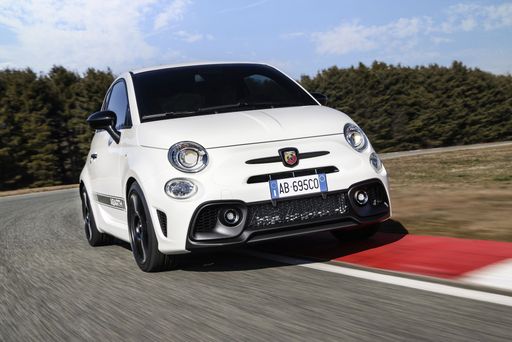 @ Abarth / Stellantis Media
@ Abarth / Stellantis Media
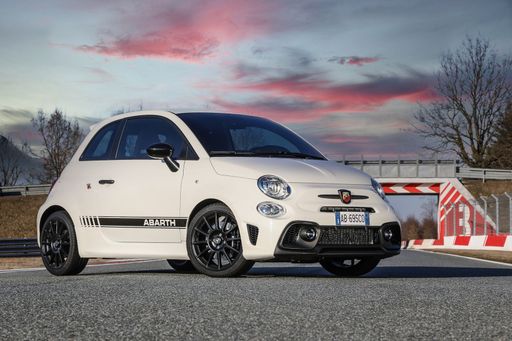 @ Abarth / Stellantis Media
@ Abarth / Stellantis Media
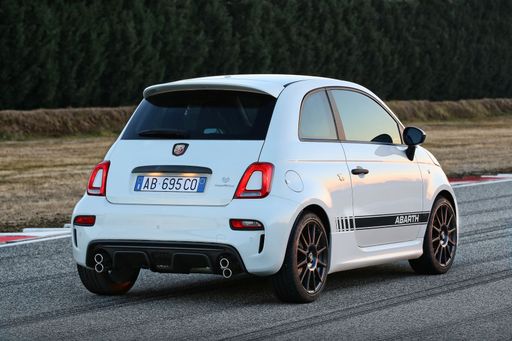 @ Abarth / Stellantis Media
@ Abarth / Stellantis Media
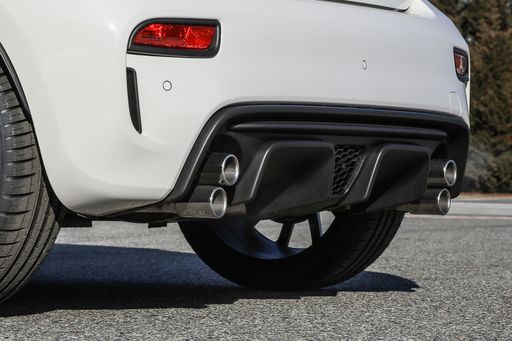 @ Abarth / Stellantis Media
@ Abarth / Stellantis Media
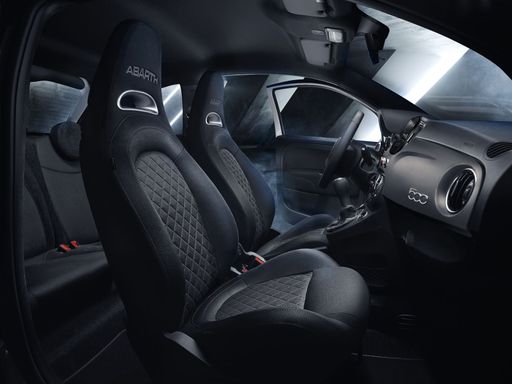 @ Abarth / Stellantis Media
@ Abarth / Stellantis Media
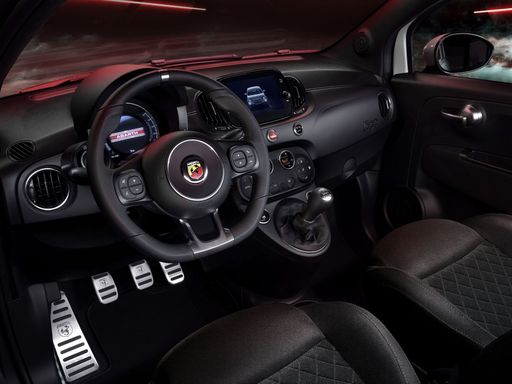 @ Abarth / Stellantis Media
@ Abarth / Stellantis Media
Renault Trafic Bus
The Renault Trafic Bus is a versatile and spacious option for those needing to transport multiple passengers comfortably. With its modern design and practical features, it is well-suited for both business and leisure purposes. Its efficient engine and smooth handling make it a reliable choice for long journeys.
details
 @ Abarth / Stellantis Media
@ Abarth / Stellantis Media
|
|
|
|
|
Costs and Consumption |
|
|---|---|
|
Price
32600 - 39400 £
|
Price
38200 - 54400 £
|
|
Consumption L/100km
-
|
Consumption L/100km
6.7 - 7.2 L
|
|
Consumption kWh/100km
17.1 - 18.8 kWh
|
Consumption kWh/100km
-
|
|
Electric Range
242 - 265 km
|
Electric Range
-
|
|
Battery Capacity
37.80 kWh
|
Battery Capacity
-
|
|
co2
0 g/km
|
co2
175 - 189 g/km
|
|
Fuel tank capacity
-
|
Fuel tank capacity
80 L
|
Dimensions and Body |
|
|---|---|
|
Body Type
Hatchback
|
Body Type
Bus
|
|
Seats
4
|
Seats
8 - 9
|
|
Doors
3
|
Doors
4
|
|
Curb weight
1410 - 1435 kg
|
Curb weight
2031 - 2352 kg
|
|
Trunk capacity
185 L
|
Trunk capacity
-
|
|
Length
3673 mm
|
Length
5080 - 5480 mm
|
|
Width
1682 mm
|
Width
1956 mm
|
|
Height
1518 mm
|
Height
1973 - 1974 mm
|
|
Max trunk capacity
550 L
|
Max trunk capacity
3200 - 4000 L
|
|
Payload
370 - 385 kg
|
Payload
718 - 982 kg
|
Engine and Performance |
|
|---|---|
|
Engine Type
Electric
|
Engine Type
Diesel
|
|
Transmission
Automatic
|
Transmission
Manuel, Automatic
|
|
Transmission Detail
-
|
Transmission Detail
Manual Gearbox, Automatic Gearbox
|
|
Drive Type
Front-Wheel Drive
|
Drive Type
Front-Wheel Drive
|
|
Power HP
155 HP
|
Power HP
110 - 170 HP
|
|
Acceleration 0-100km/h
7 s
|
Acceleration 0-100km/h
10.6 - 16.5 s
|
|
Max Speed
155 km/h
|
Max Speed
161 - 180 km/h
|
|
Torque
235 Nm
|
Torque
300 - 380 Nm
|
|
Number of Cylinders
-
|
Number of Cylinders
4
|
|
Power kW
114 kW
|
Power kW
81 - 125 kW
|
|
Engine capacity
-
|
Engine capacity
1997 cm3
|
General |
|
|---|---|
|
Model Year
2023
|
Model Year
2023 - 2025
|
|
CO2 Efficiency Class
A
|
CO2 Efficiency Class
G, F
|
|
Brand
Abarth
|
Brand
Renault
|
Is the Abarth 500 595 695 offered with different drivetrains?
The Abarth 500 595 695 is offered with Front-Wheel Drive.
The prices and data displayed are estimates based on German list prices and may vary by country. This information is not legally binding.
